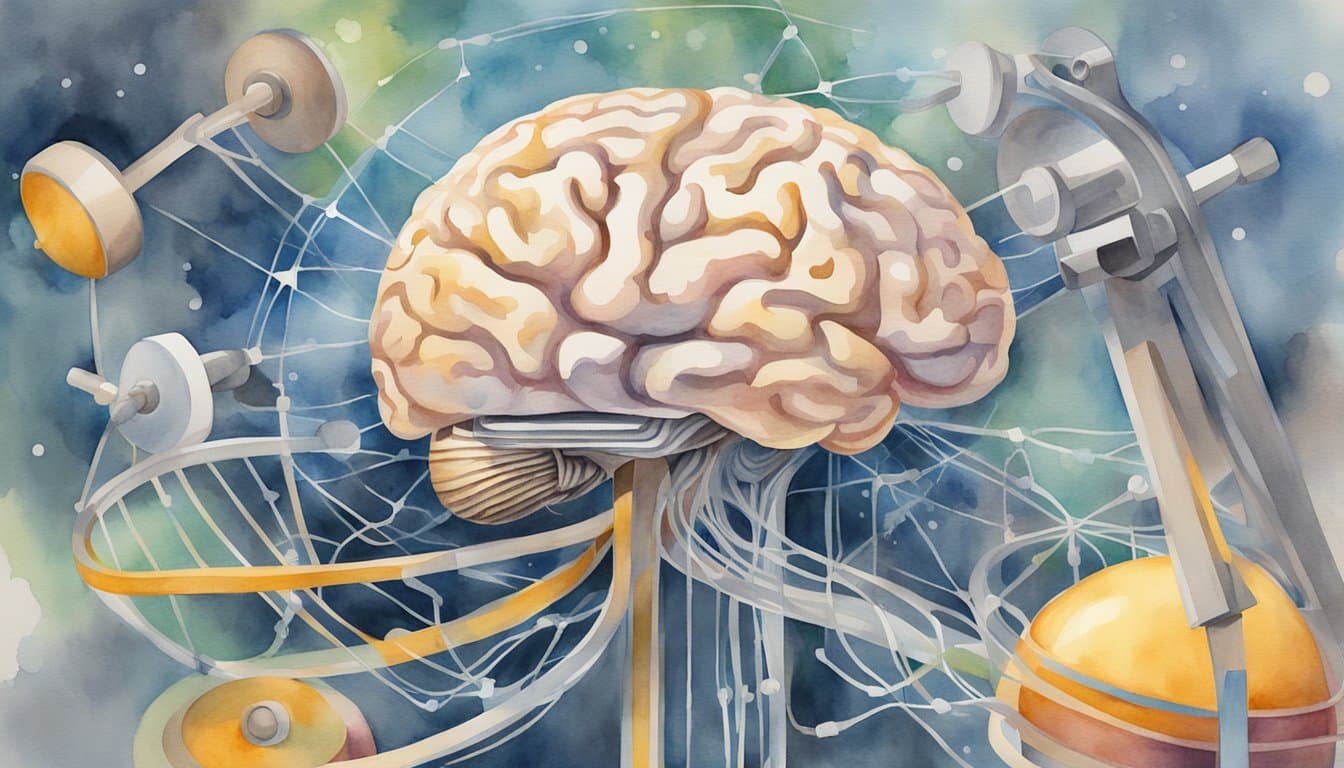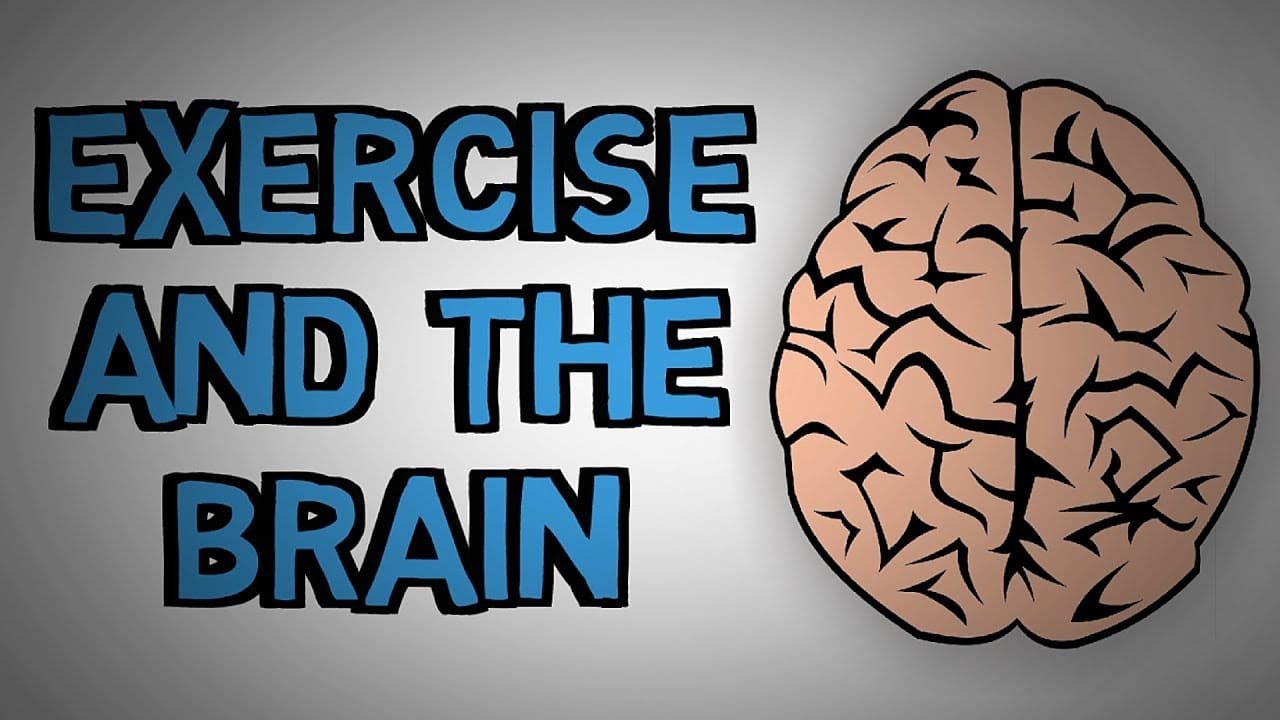The Basics of Exercise and Brain Health
Exercise isn’t just about physical health; it plays a key role in maintaining and improving brain health too. Let’s explore the relationship between regular physical activity and the brain’s structure and functions.
Fundamentals of Brain Changes Due to Exercise
The human brain is remarkably adaptable, and exercise is a potent catalyst for neurological growth and development. Engaging in regular physical activity has been shown to stimulate the production of brain-derived neurotrophic factor (BDNF), a protein that supports the survival and growth of neurons. BDNF acts like fertilizer for the brain, encouraging the formation of new neural connections.
Exercise is also a powerful promoter of neurogenesis, the process in which new brain cells are created, particularly in the hippocampus, an area crucial for memory and learning. This can lead to increased brain volume in various brain regions, which is particularly important as increased brain volume is often correlated with improved cognitive functions.
Furthermore, physical activity can enhance blood flow to the brain, nourishing brain cells (neurons) with essential nutrients and oxygen. This improved vascular health contributes to a resilient nervous system and supports overall brain function.
The Role of Exercise in Cognitive Functions
The benefits of exercise extend to specific cognitive abilities. Regular physical activity has been found to bolster the prefrontal cortex—an area responsible for complex planning, decision-making, and moderation of social behavior—which can translate into sharper executive functions.
Additionally, cardiovascular exercise that gets the heart pumping can slow down cognitive decline and may mitigate the risks of developing cognitive impairments later in life. As exercise strengthens blood vessels throughout the body, including in the brain, this leads to potentially enhanced cognitive performance.
Neuroscience research also highlights that active individuals often show greater brain plasticity, meaning their brain is better at reorganizing itself by forming new neural connections throughout life. This plasticity is crucial for learning new skills and adapting to new experiences.
These changes to the brain’s structure and function suggest that consistent exercise can contribute significantly to healthy aging and the maintenance of cognitive health. In essence, keeping the body moving can be one of the best strategies for ensuring a sharp and active mind.
For more on how exercise impacts the hippocampus and BDNF levels, visit Nature and for an in-depth look at exercise’s role in neurogenesis and brain volume, check out Trends in Neurosciences.
Lifestyle Factors and Exercise Impacts

Exercise shapes not only the body but also the brain, acting as a powerful influencer on our overall health and cognitive functioning. From bolstering mental health to refining focus and cognition, lifestyle choices related to physical activity can have profound effects.
Physical Activity Influence on Mental and Emotional Well-being
Physical activity can be a potent mood enhancer, often comparable to antidepressant medications for some individuals. Aerobic exercises, like brisk walking and running, stimulate the production of endorphins, the body’s natural mood lifters. Regular exercise also has a positive impact on depression and anxiety, helping to reduce symptoms. Studies have shown that exercise can lead to an increase in serotonin and dopamine levels, neurotransmitters that play an essential role in stabilizing mood and improving sleep quality, which in turn, benefits overall mental health.
For older adults, physical activity like tai chi may contribute to improved cognition and a lower risk of mild cognitive impairment. Moreover, structured exercise programs can enhance executive functions, which include mental skills such as flexible thinking, self-control, and working memory.
Designing Exercise Programs That Fit
Creating an exercise program that aligns with an individual’s lifestyle, preferences, and health status is crucial for sustainability and effectiveness. For instance, incorporating moderate-intensity activities, such as resistance training or yoga, can cater to those who are not attracted to high-energy workouts. Additionally, intertwining hobbies like music or meditation with physical routine may enhance the experience and adherence to the exercise habit.
When designing these programs for patients with specific health conditions, such as diabetes or heart conditions, personalizing the intensity and type of exercise is important. Striking a balance between activity and rest is essential for managing health concerns while still providing the cognitive and emotional benefits of exercise. Regular exercise has been found to promote new blood vessel formation in the brain, possibly aiding in the maintenance of white matter integrity and spatial memory as people age.
Broader Insights on Exercise and Neural Health

As we lace up our sneakers for a brisk walk or jump onto our bikes, it’s not just our muscles that are getting a workout. Exercise is a master key that unlocks a plethora of benefits for our brains, from the cellular level to our overall psychological well-being.
Psychological and Cellular Benefits from Diverse Exercise Types
Exercise is a potent stimulus for releasing growth factors like BDNF (brain-derived neurotrophic factor), which plays a crucial role in cognitive functions. Regular physical activity can bolster memory and learning, with aerobic exercises like cycling particularly effective at increasing BDNF levels. Moreover, exercise-induced brain changes aren’t exclusive to humans; animal studies suggest that rodents also experience enhanced neuroplasticity and the creation of new neurons in response to physical activity.
The psychological perks of physical activity are equally compelling. An exercise program incorporating diverse routines can attenuate symptoms of mental disorders and may even work in concert with treatments like antidepressants. It propels the release of endorphins, nature’s mood lifters, reducing the load of inflammation commonly found in conditions like depression.
Influence of Physical Activity on Aging and Neurological Conditions
Stepping into the golden years, an active lifestyle is even more significant. Physical activity can be a guardian against the progression of neurodegenerative diseases such as Alzheimer’s disease and dementia. It sharpens spatial memory and scaffolds cognitive functioning, potentially delaying or alleviating symptoms. Regular movements keep the brain’s structure resilient, fostering connections and maintaining cognitive performance.
Clinical trials have unearthed promising links between exercise and the mitigation of disorders like schizophrenia, by facilitating healthier brain structure and function. Even the DNA within our neurons responds positively to physical activity, hinting that exercise leverages physiological mechanisms ingrained through evolution to fortify our neural health.

